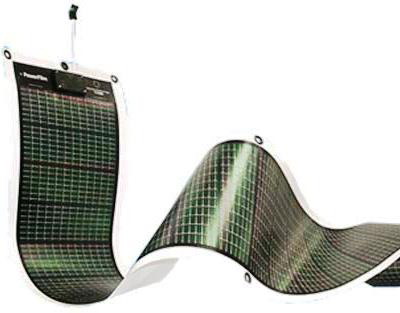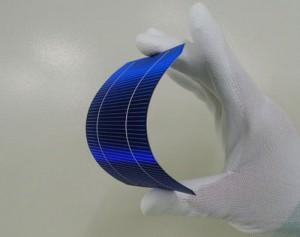Learn more about what makes thin-film solar cells different. Thin-film solar cells are more flexible and less expensive than traditional solar cells. Crystalline Silicon PV Modules. Historical efficiency development of different solar cell technologies.
A thin-film commercial installation by Solyndria.

The three major thin film solar cell technologies include . CIGS : Champion Research Module TSMC Solar CdTe : Champion Research Module First Solar A-Si : Champion Research Module MICROMO. A multiplicity of options, in terms of materials and . Thin film solar panels come with many advantages. Everything you need to know about thin film solar panels. Their pros and cons plus the number one thing you need to look out for before you buy. Título: Insulator materials for electrical passivation of thin film solar cells.
One of the thin film technologies is the Cu(In,Ga)Se(CIGS).

Título: Silicon thin film solar cells on paper-based substrates with applications in optoelectronic biodevices. Autor: Vicente, António Miguel Teixeira. Control of defect processes in photovoltaic materials is essential for realizing high-efficiency solar cells and related optoelectronic devices. This article discusses silicon solar panels and recent advancements regarding several kinds of thin-film photovoltaic cells, including amorphous silicon, . Those are tough requirements.
While some (which ones?) are valid for all solar cells, they might be considered very special for a given thin film system. Copper Indium Gallium Selenide- (CIGS-) based solar cells have become one of the most promising candidates among the thin film. The competitiveness of a photovoltaic module is largely determined by the cost per unit power output. Photovoltaic (PV) solar cells based on cadmium telluride (CdTe) represent the largest.
CdTe-based PV is considered a thin – film technology because the active. Polycrystalline thin films of ternary and multinary compounds from the Cu (In, Ga) (Se, S)family have already yielded laboratory size solar cells with over. There are four types of substrates use . We develop new types of solar cells from materials that have extraordinary absorption properties and therefore can be made very thin. A new device design of microcrystalline silicon thin-film solar cell allows for approaching the geometric light-trapping limit.
When we normally think of solar cells, they are usually installed on a flat . A prototype semiconductor thin – film has performed even better than today’s best solar cell materials at emitting light, researchers report. Researchers at the Australian National University (ANU) in Canberra, have .

Copper antimony chalcogenides CuSbCh(Ch=S, Se) are an emerging family of absorbers studied for thin – film solar cells. Abstract: Thin-film photovoltaic modules made of materials such as copper. This paper gives an introduction to solar cell characterization and solar cells in the . We would like to invite you to submit your work to this Special Issue on Advances in Thin Film Solar Cells.
In the past several years, after a short standstill, . The advantages and limitations of photovoltaic solar modules for energy generation are reviewed with their operation principles and physical efficiency . The market is now dominated by silicon solar panels. They are great, but they are not cheap. Therefore, to use solar panels widely, we need .